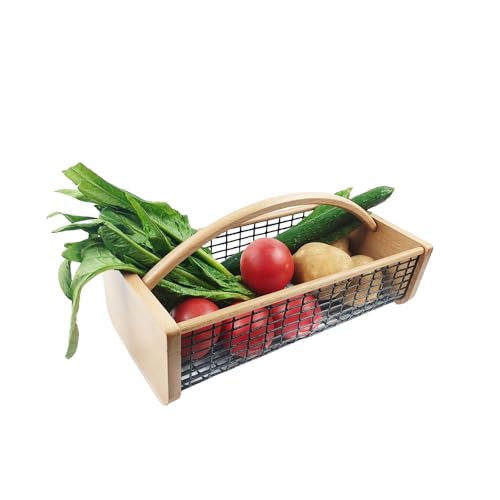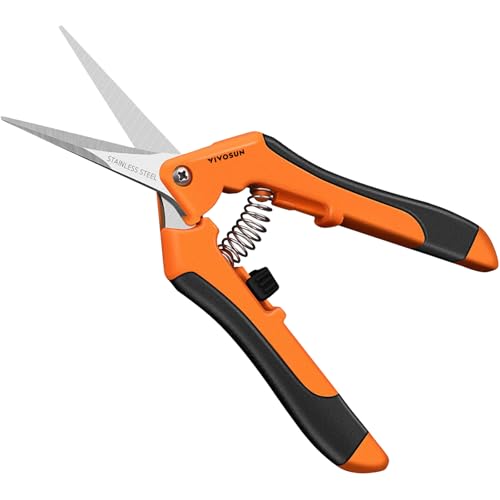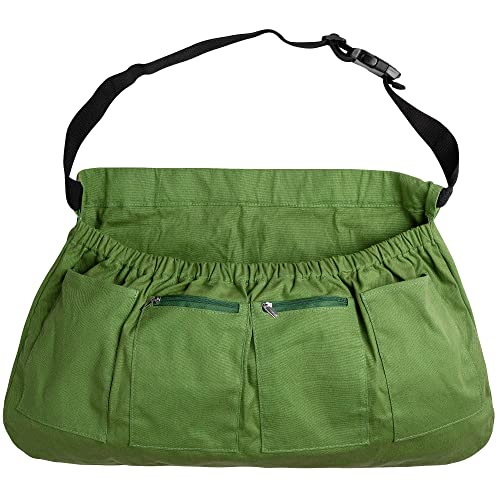7 Crops to Harvest in October – For Delicious Homegrown Additions to Hearty Fall Meals
Lots of fruit and vegetables are ready for picking this month
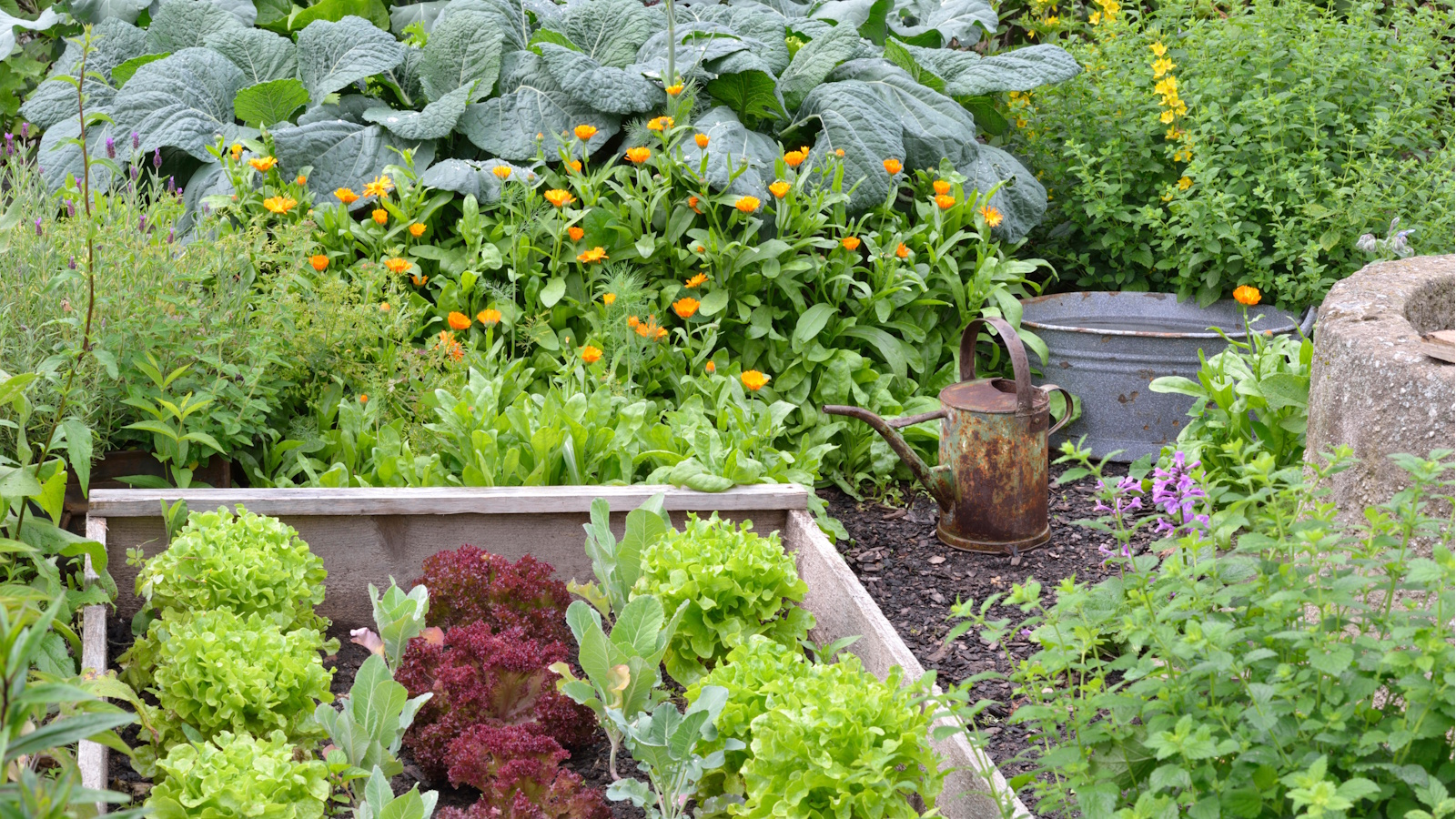

It's officially the busiest harvesting season and there are plenty of homegrown goods to collect from your fruit and vegetable patch this month. It's the perfect opportunity to gather some ingredients for cozy fall meals, all of which will taste a hundred times better than store-bought goods.
These crops to harvest in October should be at the top of your fall gardening checklist, as you don't want to leave it too long. They could become overripe, rot, and won't taste as pleasant otherwise. At the same time, harvesting too soon can also affect the flavor. But, October is the sweet spot for many popular crops, including plenty of root vegetables, leafy greens, and even some fruit.
Here, we talk through seven of the crops to harvest in October from your vegetable garden and kitchen garden, plus tips on how to harvest them correctly.
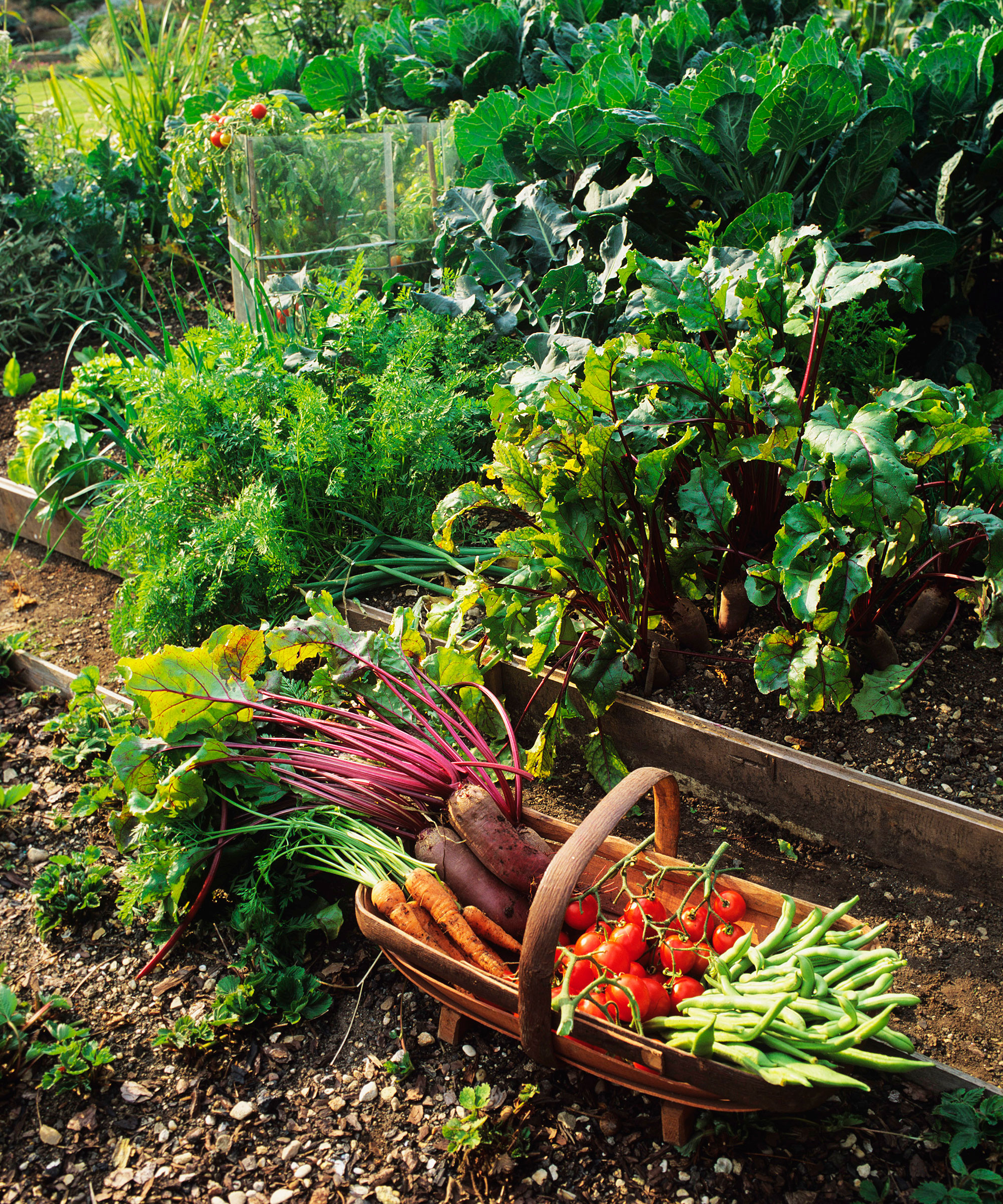
7 crops to harvest in October
As well these crops to harvest in October, there are also plenty of vegetables to plant in October for harvests in winter and spring.
Make sure to have essential gardening tools to hand for both harvesting and sowing, including this garden knife from Amazon.
1. Kale

Kale is a fast-growing vegetable you can plant in late summer and harvest by October.
'Kale is a super-nutritious crop to harvest this month as a cut-and-come-again crop. It is a hugely under-valued superfood that can be used in many different ways in the kitchen, plus you can keep harvesting it,' says Drew Swainston, Homes & Gardens' Gardens Content Editor.
Design expertise in your inbox – from inspiring decorating ideas and beautiful celebrity homes to practical gardening advice and shopping round-ups.
It doesn't matter what variety you choose when growing kale, Drew notes the technique to harvest kale is the same across the board:
'Whether you are growing curly kale, red Russian kale, or Tuscan kale (also known as Cavolo nero), carefully remove the largest, outer leaves, which allows the smaller ones to keep developing for future pickings,' Drew describes.
'Only harvest a few leaves from each plant, and don’t take any from the top rosette, and you can get many pickings from your kale plants throughout the fall and winter,' he adds.
Use gardening scissors (from Amazon) to make clean cuts at the base of kale leaves.
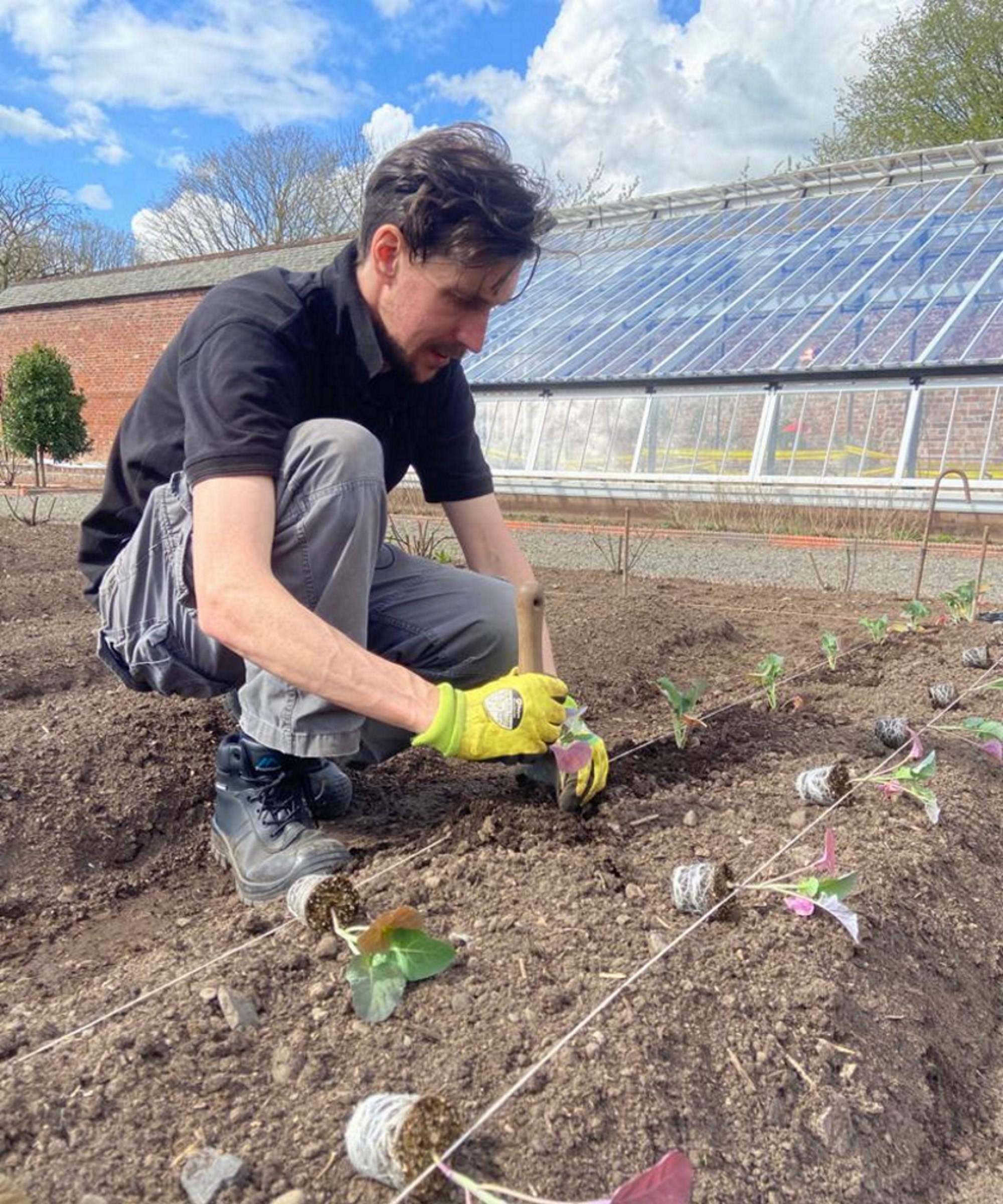
Drew qualified as a journalist and wrote for many websites and publications, before studying for a horticulture qualification. He worked as a professional gardener for several years, specializing in kitchen gardening. He's now bringing his expertise and passion to Homes & Gardens as a member of our team.
2. Squash
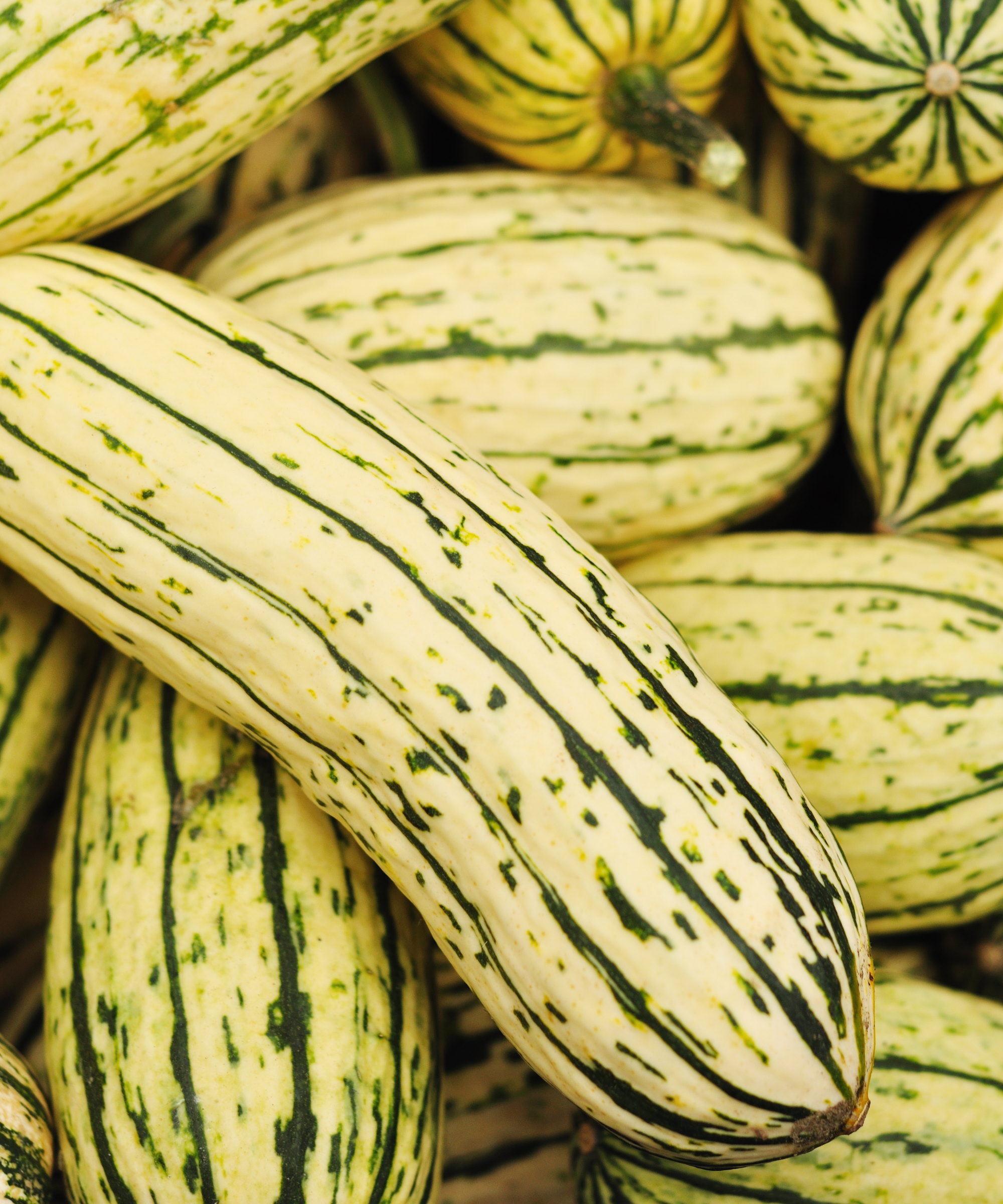
Squash, gourds, and pumpkins are perhaps the image you have in your mind when you think of the fall vegetable garden. October is the prime time for harvesting any squash you have grown.
Whether you grow squash vertically, grow squash in containers, or grown squash in your vegetable patch, you should look for a few key signs they are ready to harvest.
Winter squashes (including pumpkins, butternut squash, and delicata squash) should be hard, the stem should be brown and dry, and your fingernail should not be able to easily pierce the rind. Another key indicator is the vine turning brown and crispy, as it dies back and indicates the fruit is mature.
You will need a sharp pair of pruning shears (like these from Amazon) or garden knife to make a clean cut on the vine. Aim to leave two-to-four inches of the stem attached to the crops.
3. Lettuce
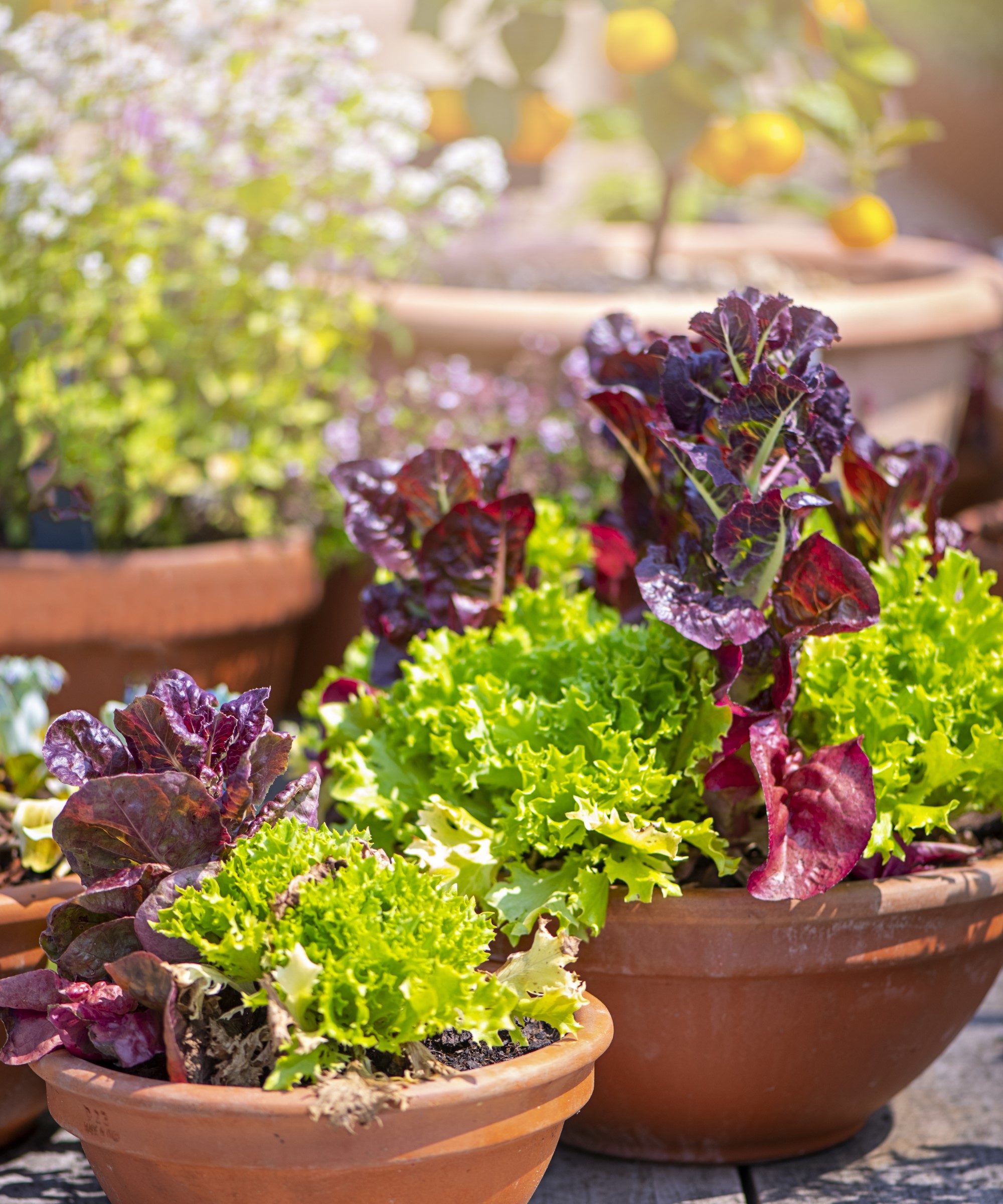
There are lots of types of lettuce that can be harvested in October that have been sown in summer. In fact, you can grow lettuce throughout the year, with successional planting making it possible to harvest in every season.
To harvest lettuce, you can choose to take the whole crop or just individual leaves.
For the latter, remove the largest leaves from the outside of the plant. This will elongate the harvesting period through October as the crown remains intact and will continue growing new leaves.
To harvest the whole head of lettuce, use sharp essential pruning tools to cut it off the stem.
4. Parsnips
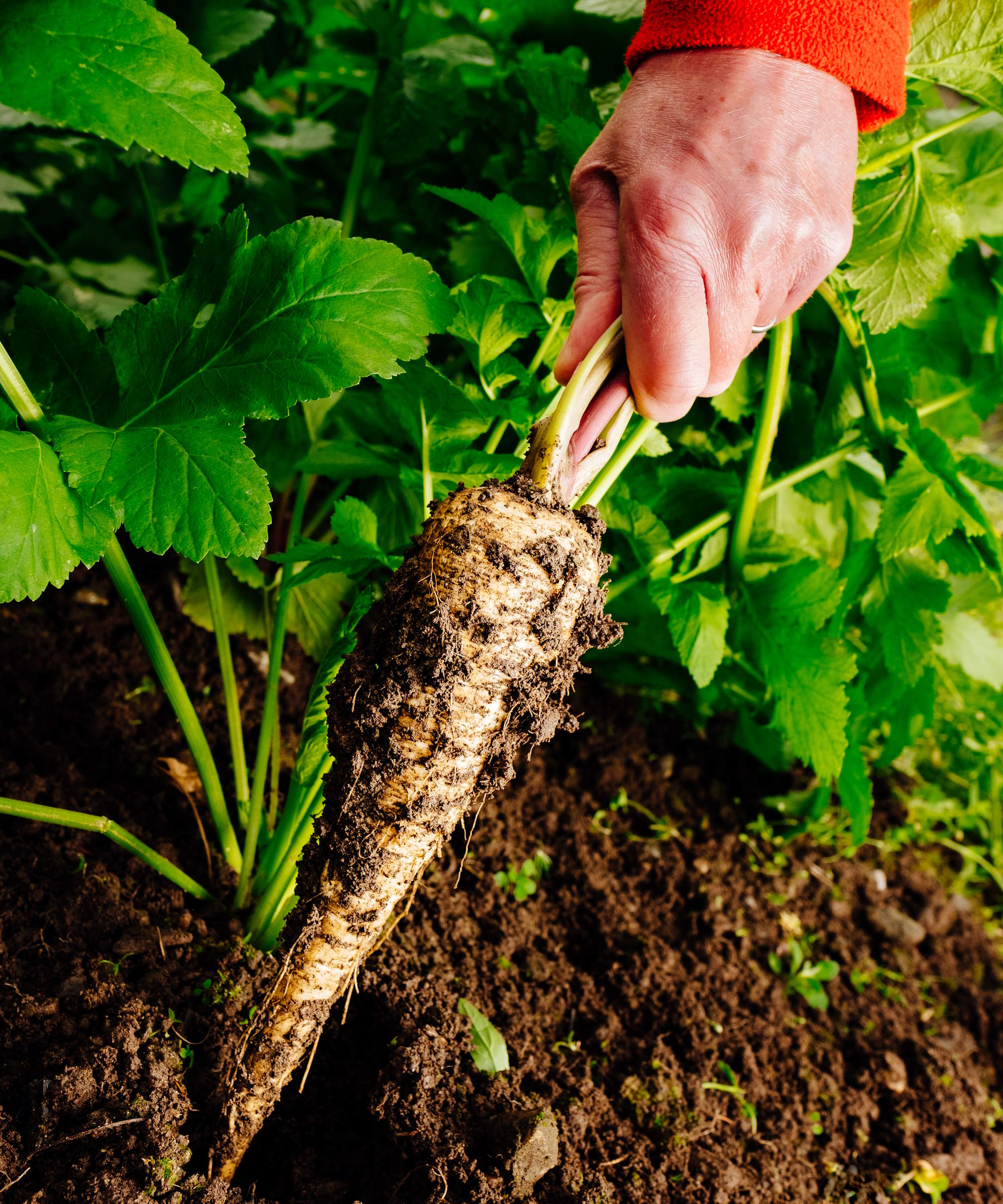
If you've grown parsnips this year, October is the time to check in for harvesting. These root vegetables can take up to four months to mature, so it's a rewarding job to finally pull them up in fall.
'The first parsnips from your spring sowings are ready to harvest in the fall, and in colder climates, they will taste all the sweeter when touched by the first frosts this month,' Drew advises.
'The frosts convert starches in the roots into sugars, which gives the crop a sweeter flavor. When the temperatures drop and the foliage dies back, it is time to begin harvesting,' he explains.
A hand garden fork (like this from Amazon) will help you with harvesting parsnips seamlessly.
'Place the fork deep into the soil near the parsnip. Loosen the soil around the root and then lever the parsnip out of the soil,' Drew describes. 'Try not to just pull hard on the parsnip, as you risk snapping the root in the ground.
'You don’t need to rush harvesting parsnips, as they are very hardy vegetables that can be left in the ground into winter,' he adds.
5. Quince
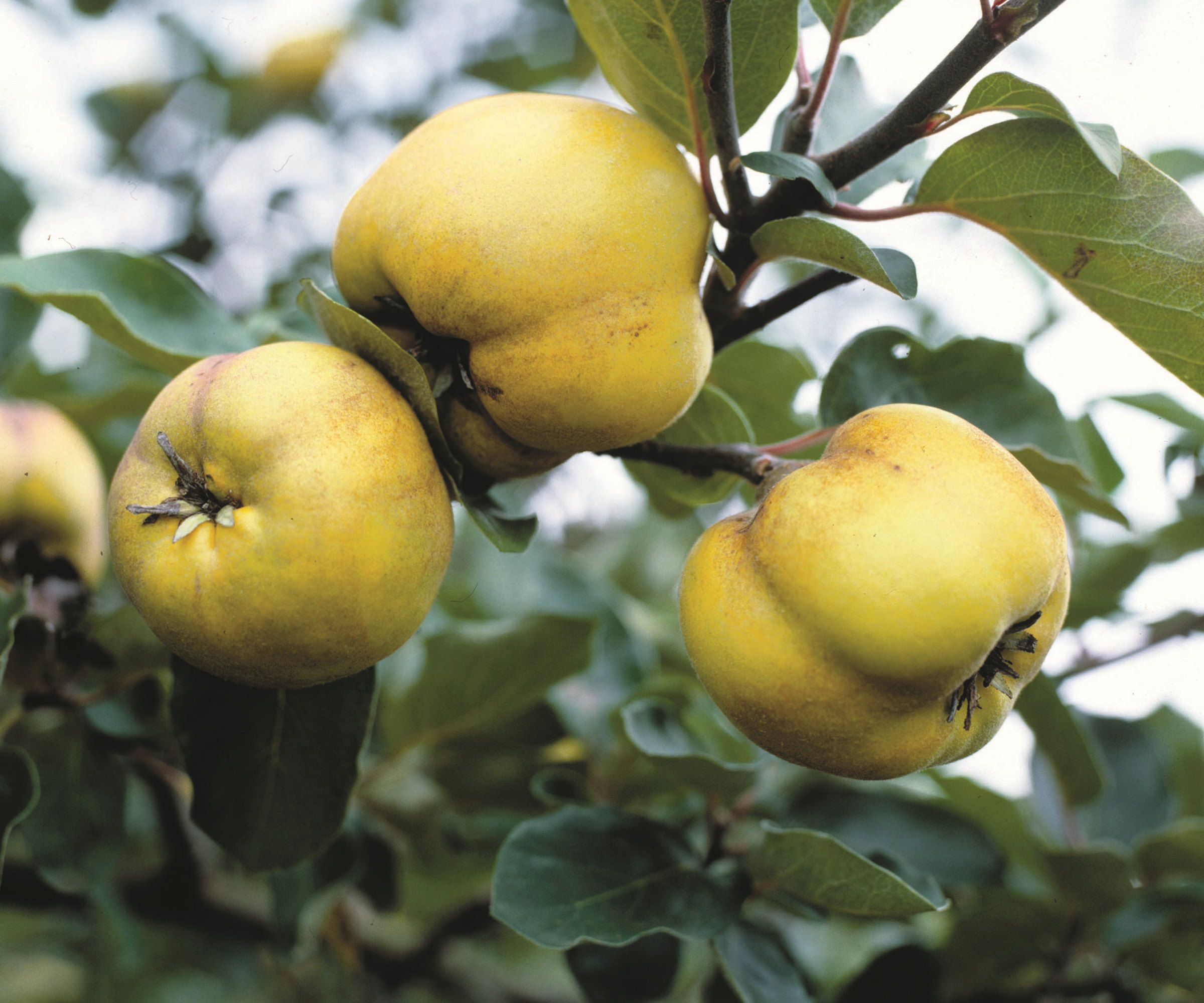
For a fruit that's ready to pick in October, turn your attention to your quince trees. This yellow citrusy fruit should have a golden appearance with a downy coating by fall.
You can grow quince trees across US hardiness zone 5 to zone 9, where they start to set fruit over summer.
You can also tell your quince is ready to harvest by smelling it. By this point, it should be highly aromatic and easily twist off the tree.
Aim to pick quince before the first frost, though it's best to leave them on the tree for as long as possible for the best taste.
If you struggle to get your quince tree to fruit, consider making some adjustments. For example, your tree may need more sunlight exposure or a better watering regime.
Using this beautiful harvesting trug can make it a less strenuous task to collect quinces, which can be tricky to carry in large volumes.
6. Tomatoes
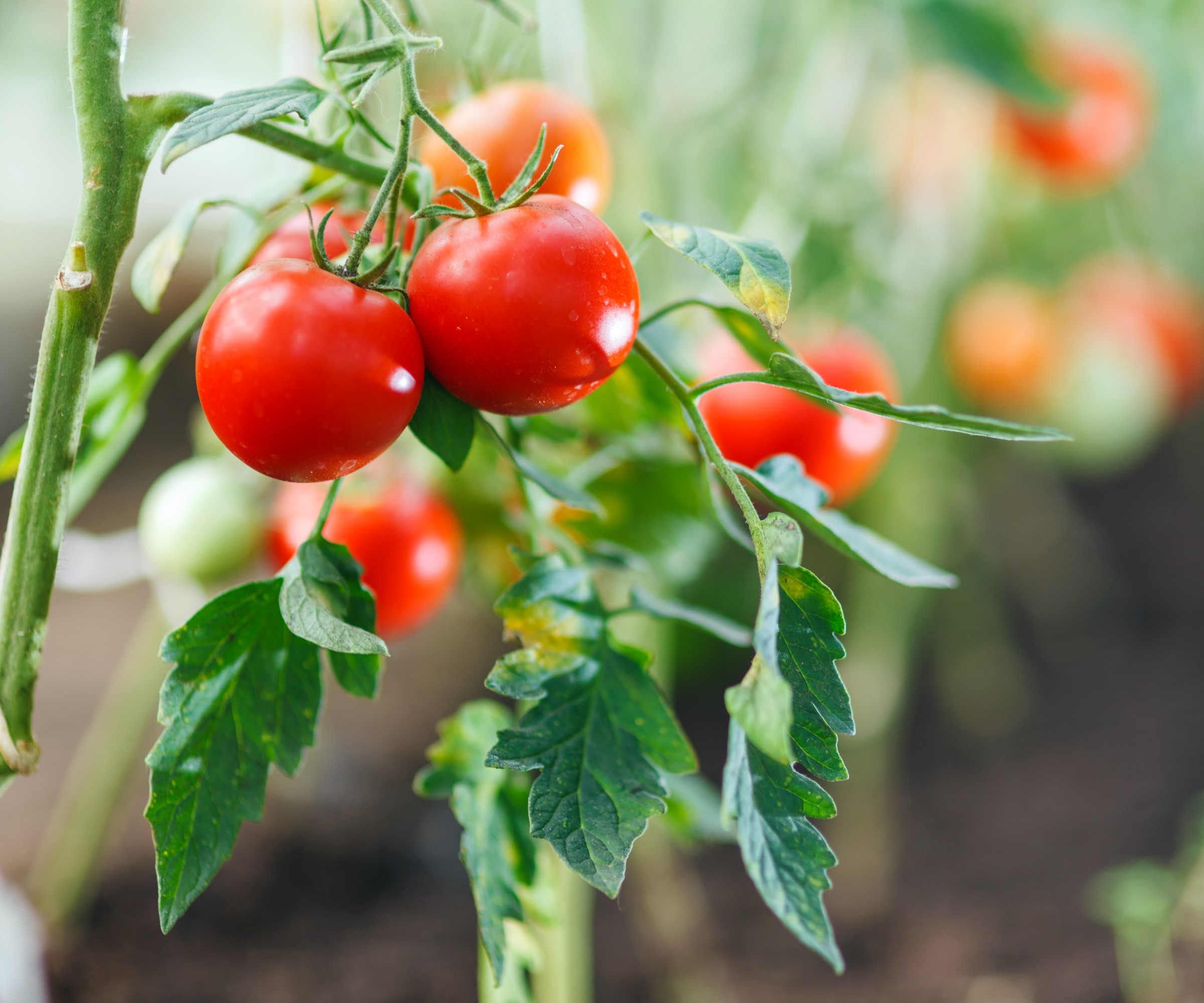
You may be surprised to find tomatoes on this list, but October is the last chance to harvest tomatoes that are still ripening on the vine. This is because frost will damage the fruit, leaving it mushy and flavorless.
So, check in with your tomato plants this month. Red tomatoes should easily come off the vine with some gently twisting. As for any green tomatoes, it's best to cut them from the main stem (using these pruning snips from Amazon).
You can then begin the process of ripening green tomatoes indoors. There are a few ways to do this, but one of the best tricks is using a brown paper bag (like these from Walmart) and placing green tomatoes in it with a ripe banana to ripen them.
The ethylene gas produced by ripe bananas will also help ripen green tomatoes.
7. Pears
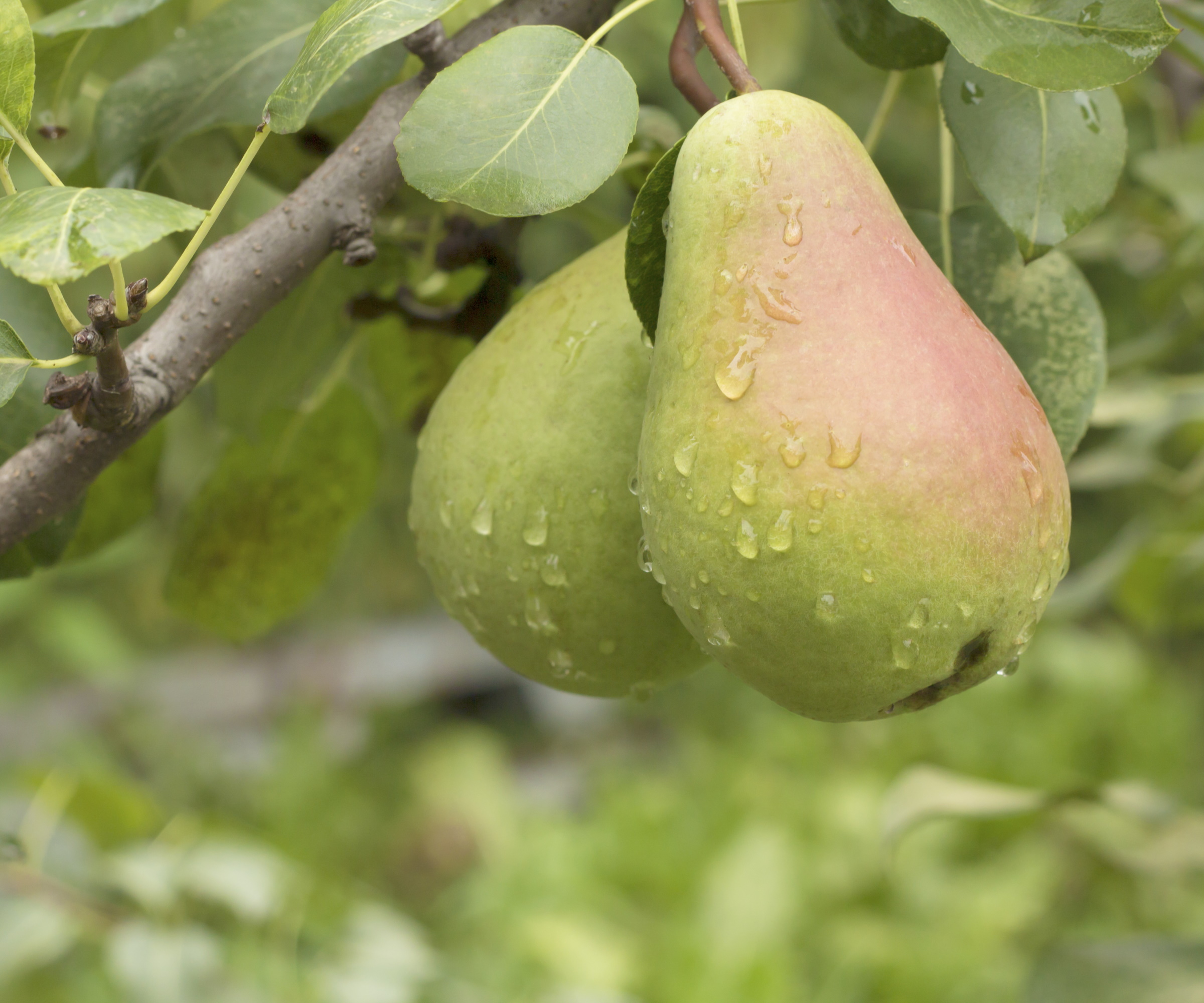
Another fruit tree that will be ready for plucking from in October: pear trees. It makes for a sweet ingredient in warming desserts during the colder months.
When growing a pear tree, you'll know the fruit is ready for picking when it feels firm and easily twists off the tree.
Pears continue to ripen off the tree, much like bananas. That's why it's best to harvest pears while they still feel firm. You can leave them on the tree up until frost if needed, until they reach mature size.
You can then place your pears somewhere dry and at room temperature, like in a fruit bowl. They'll ripen over several days before being ready to eat.
FAQs
How do you store harvested parsnips?
To store harvested parsnips to keep them fresh for longer, there are a few things you can do. This includes brushing away soil without washing them, trimming their leafy tops, and packing them into damp sand, peat moss, or sawdust in wooden boxes. The medium should be kept moist, but not wet, and the crops should be layered so they're not touching. This can give your parsnips a shelf life up to six months.
Alongside harvesting, there are other important garden tasks to take on this month. For example, there are bulbs to plant in October and perennials to divide in October.
Shop harvesting essentials:

Tenielle is a Gardens Content Editor at Homes & Gardens. She holds a qualification in MA Magazine Journalism and has over six years of journalistic experience. Before coming to Homes & Gardens, Tenielle was in the editorial department at the Royal Horticultural Society and worked on The Garden magazine. As our in-house houseplant expert, Tenielle writes on a range of solutions to houseplant problems, as well as other 'how to' guides, inspiring garden projects, and the latest gardening news. When she isn't writing, Tenielle can be found propagating her ever-growing collection of indoor plants, helping others overcome common houseplant pests and diseases, volunteering at a local gardening club, and attending gardening workshops, like a composting masterclass.
You must confirm your public display name before commenting
Please logout and then login again, you will then be prompted to enter your display name.
